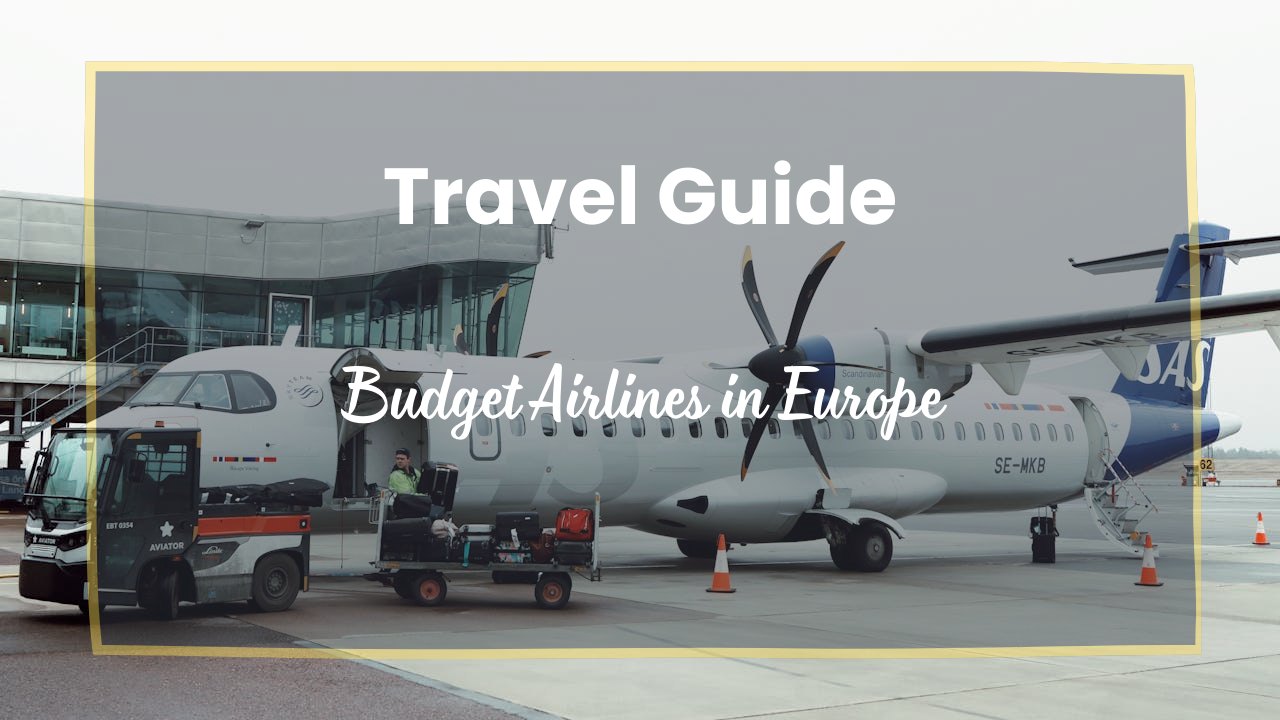Top Budget Airlines in Europe for Cheap Travel
 Flying around Europe has never been easier or cheaper, thanks to a legion of budget airlines in Europe that cut costs and connect cities for a fraction of traditional fares. Whether you’re a backpacker trying to stretch every euro, a family planning an affordable vacation, or a business traveller looking to save on intra-Europe hops, low-cost carriers offer a convenient, wallet-friendly way to jet around the continent.
Flying around Europe has never been easier or cheaper, thanks to a legion of budget airlines in Europe that cut costs and connect cities for a fraction of traditional fares. Whether you’re a backpacker trying to stretch every euro, a family planning an affordable vacation, or a business traveller looking to save on intra-Europe hops, low-cost carriers offer a convenient, wallet-friendly way to jet around the continent.
I’ve spent years travelling through Europe on these airlines – from €15 flash-sale flights to spontaneous weekend getaways – and in this post, I’ll share everything you need to know to make the most of Europe’s budget airlines.
Why Budget Airlines Are Popular in Europe
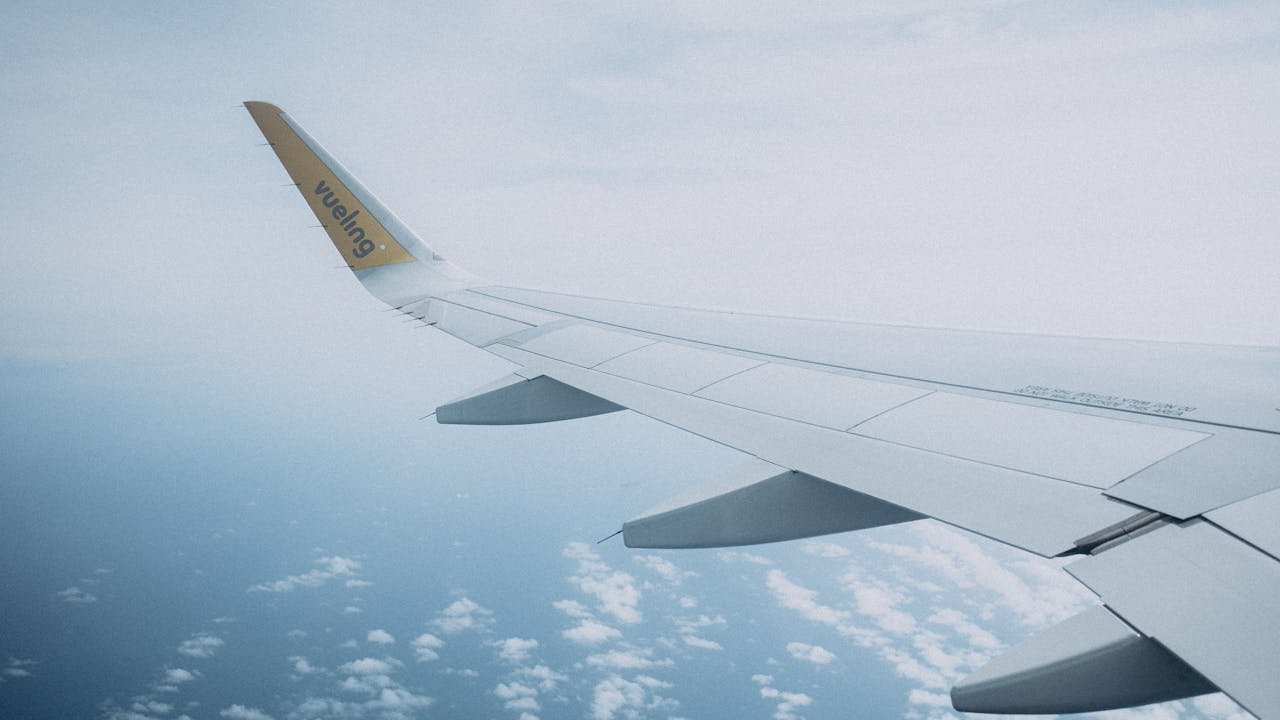
Budget airlines (also known as low-cost carriers) have revolutionized European travel. Instead of being limited to expensive flagship airlines or day-long train rides, today you can hop between countries quickly for the price of a nice dinner. Here are a few reasons these airlines are so popular:
1. Ultra-Low Fares
The biggest draw is, of course, the price. It’s not uncommon to find promotional fares under €20 for a one-way flight. For example, I once flew from Berlin to Milan for only €9.99 (taxes included!).
These deals usually require booking well in advance or pouncing on sales, but they make air travel affordable for even the tightest budgets.
2. Huge Route Networks
Budget carriers have extensive networks that often cover secondary cities and lesser-known airports. This means you can fly not just to London or Paris, but also to places like Eindhoven, Kraków or Seville directly. They open up destinations that might be hard or time-consuming to reach by train.
If you’re planning a multi-city European adventure, budget airlines make it easy to string together far-flung cities.
3. Frequent Schedules
Many low-cost airlines offer multiple daily flights on popular routes. For travellers, this means flexibility—you can opt for a morning or evening flight that suits your itinerary.
Weekend city-breakers love this; you might fly out Friday night and return Sunday evening. The frequency also makes short trips across borders feasible, something that was rarer (or pricier) decades ago.
4. Point-to-Point Convenience
These airlines usually operate on a point-to-point model (as opposed to hub-and-spoke). In practice, this means direct flights without layovers. Want to go from Dublin to Dubrovnik or Oslo to Crete? Chances are there’s a direct budget flight during the high season. This saves time and avoids the hassle of connecting through a big hub airport when it’s not necessary.
In short, budget airlines have democratized air travel in Europe. Students, backpackers, families, and retirees are taking advantage of the cheap fares to explore new destinations.
Flying for cheap has a trade-off: fewer frills and a few potential pitfalls to navigate. Before you grab that €10 ticket, it’s important to know what to expect – and how to avoid common mistakes.
What You Don’t Get for the Low Price (Things to Watch Out For)
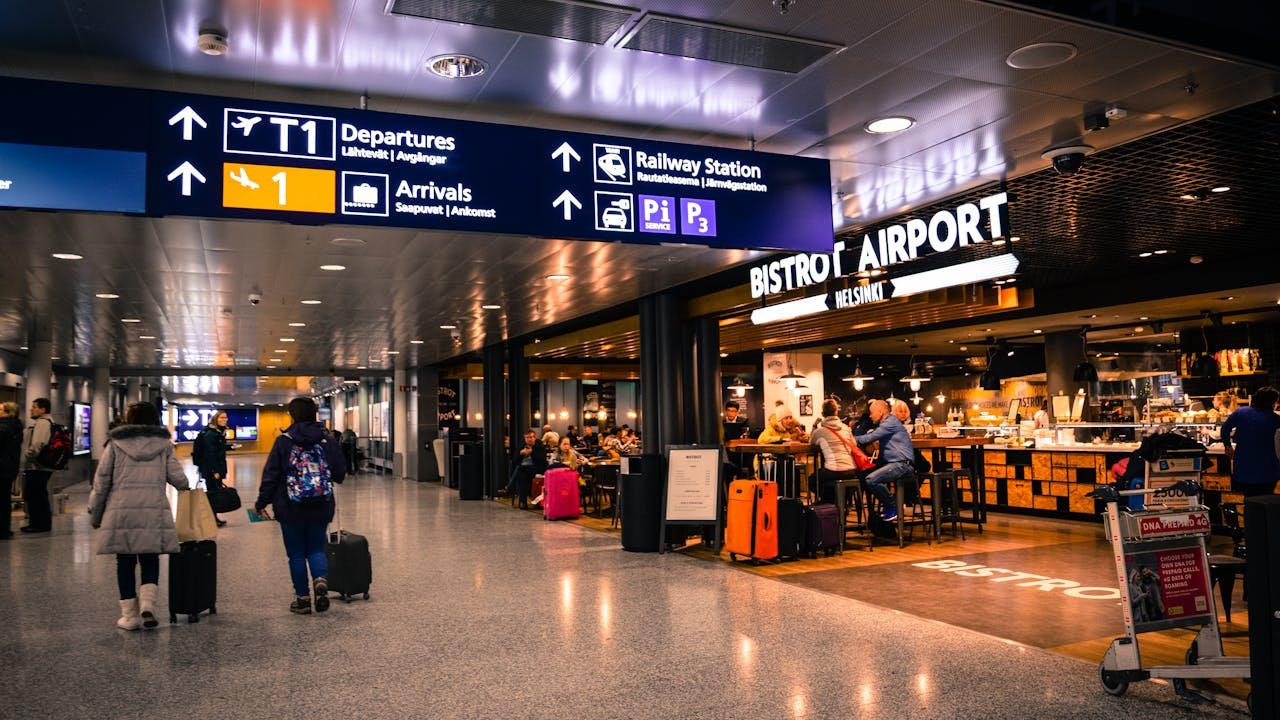
Budget airlines can keep fares low because they operate with a no-frills model. Understanding this model will help you avoid surprises and extra charges. Here are some key things to watch out for:
1. Baggage Restrictions
Carry-on and Checked Bags—Budget carrier baggage policies are notoriously strict. Your ticket usually includes no more than one small personal item (like a backpack that fits under the seat).
Standard carry-on suitcases and checked bags almost always cost extra, sometimes quite a lot extra if you pay last minute at the airport. Each airline has specific size and weight limits, often smaller than those of traditional airlines.
For example, Wizz Air and Ryanair have very small free baggage allowances; even an average roll-aboard might not qualify as a free carry-on. If your bag is 1 cm over the limit, you could be hit with a hefty fee at the gate.
Tip: Pack light and measure your bag.
I’ve learned to travel Europe with just a compact backpack – not only do I save on fees, but it also makes navigation through airports and cities much easier. If you need a checked bag, pay for it online in advance; it’s significantly cheaper than at the airport counter.
2. No-Frills Seating
“You Get What You Pay For” Comfort – Don’t expect spacious legroom or plush reclining seats. Budget airlines configure their planes to fit as many passengers as safety allows. Seats are typically narrower with limited legroom (if you’re tall, brace yourself – the struggle is real).
Many airlines don’t assign seats for free; you’ll be randomly allocated a seat unless you pay to choose one. This could mean your travel companion sits apart unless you pay extra.
Some carriers even board from both front and rear to speed up turnaround, which means you might walk on the tarmac and climb stairs instead of using a jet bridge. It’s all part of the low-cost experience. On the bright side, flights are usually short (often 1-3 hours), so most basic accommodations are tolerable.
3. Pay-As-You-Go Amenities
Food, Drinks, and More – Expect no free meals or snacks. You’ll find a different scenario here if you’re used to flying traditional airlines that toss you a free sandwich or coffee on a short flight.
Low-cost carriers offer food and drinks for purchase—from water and soda to sandwiches and hot meals—but nothing is included in your base fare. Similarly, there are no complimentary extras like pillows or earbuds.
Some airlines even require you to print your own boarding pass if you don’t check in via their app (and will charge you at the airport if you haven’t printed it—looking at you, Ryanair). Budget flights basically get you from point A to B safely—anything beyond that is optional and usually comes at a price.
4. Tight Schedules & Policies
Punctuality and Rules—Budget airlines adhere to tight schedules to maximize aircraft usage. This means they are very punctual with departure times—if you’re late, the plane won’t wait because it likely has another flight soon after.
Check-in and boarding cut-off times are enforced to the letter. I’ve seen people denied boarding because they arrived just 5 minutes after the gate closed. Also, these airlines quickly cancel routes that aren’t performing well financially (sometimes with little notice). And unlike flying a big airline alliance, you’re on your own if you miss a connection between two separate budget flights (no free rebooking on the next flight).
Travel insurance or the airline’s own connection protection product can be wise if you’re piecing together multiple flights. The upside of such efficiency is that they’re often on time, and turnarounds are fast, but you must play by their rules.
5. Secondary Airports
Off the Beaten Path Airfields – Low-cost carriers save money by using smaller or more distant airports in major cities. For instance, Paris Beauvais (used by Ryanair) is about 80 km from central Paris, and London Stansted (another Ryanair hub) is quite far outside London.
Some central destinations might land you in a different city entirely – e.g., flying to “Frankfurt-Hahn” lands you nowhere near Frankfurt (Hahn is 120 km away). These secondary airports are not bad in themselves (they’re usually smaller, with quick in-and-out procedures), but you should factor in the cost and time of getting to the city you want to visit.
Sometimes a €30 flight to an outlying airport plus a €20 bus ride into town is still a great deal; just be aware of the logistics. Each budget airline’s website usually notes the distance or provides information on transfers to the main city. I always quickly check Google Maps to see where an unfamiliar airport is located.
It’s a quirk of budget flying that can lead you to discover new regions (I once ended up visiting beautiful Girona, thanks to a “Barcelona” flight on Ryanair that landed there), but it requires a bit more planning.
Despite these trade-offs, millions of travellers (myself included) happily embrace budget airlines. The key is knowing what to expect and planning accordingly.
If you come prepared (checked in online, bag within limits, snack in hand, and expectations in check), the experience can be smooth and extremely cost-effective. Next, let’s look at some tips to make your journey even easier.
Tips for Flying on Europe’s Budget Airlines Like a Pro
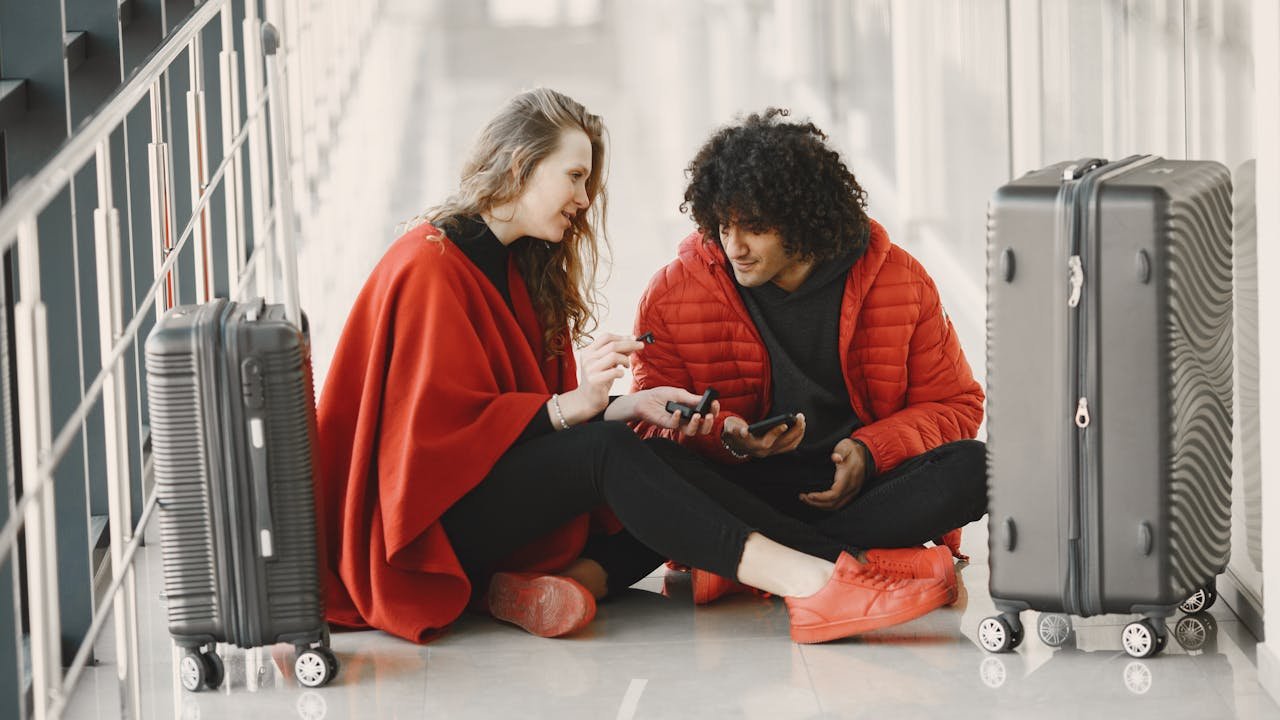
After numerous flights and a few hard-learned lessons, here are my top tips to help you maximize comfort and minimize extra costs when flying Europe’s low-cost carriers:
1. Book Early (or Very Late)
Budget airlines typically release tickets far in advance; the cheapest seats sell out first. If you can plan ahead, booking your flight 2-3 months (or even up to 6 months) early can snag you rock-bottom prices.
For example, those €5–€20 deals are often promotional fares for early birds. On the flip side, occasionally airlines have last-minute sales to fill seats, but it’s a gamble – don’t bank on it if you have fixed plans. Generally, earlier is cheaper for low-cost flights.
2. Compare Deals on Aggregators
Use flight search engines like Skyscanner, Kayak, or Google Flights to survey all your options. These tools include budget airlines in their results and make it easy to find the lowest fare or a more convenient time.
Keep an eye on nearby airports in the search (a city like “London” has multiple airport options, and a cheap fare might pop up from a less obvious one). Once you find a good choice, you can either book through the aggregator or go directly to the airline’s own website to book.
I often use the aggregator to discover which budget airline has a deal, then book directly with that airline to avoid third-party booking fees and manage my booking more easily.
3. Watch for Promo Codes and Sales
Budget airlines are known for flashy sales – “€1 seat sale!”, “20% off all flights this weekend only!” Subscribe to airlines’ newsletters or follow their social media to get alerts on these deals.
Also, if you’re booking via an agency site like the one I’m writing on (which specializes in budget flights), check if they offer a best fare finder tool or price alerts. For instance, some platforms have a calendar view showing which dates are cheapest to fly a given route. A little flexibility on your travel dates can result in big savings.
4. Stick to Carry-On Only If You Can
This is my golden rule for budget flying. Not paying for checked baggage saves both money and time. All the major low-cost carriers allow at least a personal item for free – and some offer a free overhead carry-on as well (easyJet, for example, lets you bring a decent-sized cabin bag for free if it fits their sizer, whereas Ryanair and Wizz Air typically only allow a small backpack unless you purchase priority or baggage).
Invest in a lightweight, compact carry-on bag and pack strategically: a capsule wardrobe, travel-size toiletries, and electronics in a slim case. If you must check a bag, pre-pay it online during booking or any time before you get to the airport; the fees can be almost double if you wait.
Also, be mindful of the weight—budget airlines have lower weight limits (usually 10 kg for carry-on and around 20 kg for checked luggage, but it varies). I carry a small luggage scale to avoid surprises.
5. Check In Online (and Print Your Documents)
Nearly all budget airlines push you to check in online and use a mobile boarding pass or print your boarding pass at home. If you fail to do this and show up at the airport needing a printed pass, some airlines will charge a steep “boarding pass reissue” fee.
For example, Ryanair has (infamously) charged €50 or more to print your boarding pass. So, set a reminder to check in as early as allowed (usually 24 to 48 hours before departure if you didn’t pay to select a seat—some airlines open online check-in even earlier).
Download the airline’s app or print the boarding pass PDF. If you need your visa documentation checked, some carriers require you to go to a desk before security, but you’ll still want that pass in hand to avoid penalties.
6. Consider Priority Boarding or Upgrades Strategically
If you’re travelling with a slightly larger carry-on or you really want to sit with a companion, it might be worth purchasing the airline’s priority boarding or a bundled upgrade. For instance, priority boarding on many airlines lets you bring an additional cabin bag.
Sometimes, for $10-$20 extra, you get priority boarding (meaning your bag definitely goes in the overhead and you board early) and maybe the ability to choose a seat. When I travel with my partner on a budget airline, we often pay a little extra to select at least one of our seats with extra legroom and then take turns – it makes the flight more comfortable.
Evaluate what matters to you: if it’s a short flight, you might not care where you sit. But paying more for those perks can reduce stress if it’s a longer one (say 4 hours) or you have lots of carry-on luggage.
7. Be Early at the Airport
It sounds basic, but it’s crucial. Budget flights tend to close boarding earlier than some legacy carriers, and they will leave on time without you. Security lines and other delays can be unpredictable, especially at large or secondary airports with fewer staff.
I aim to arrive at least 2 hours before a European flight (even if I have no bags to check) to get through security and find my gate with time to spare. Remember, if you miss the flight, the airline isn’t obliged to put you on the next one for free – you’ll likely have to buy a new ticket. An extra hour at the airport (maybe grabbing a coffee or browsing shops) is a small price for peace of mind.
8. Know Your Rights and the Airlines’ Policies
One more confidence booster: European airlines are held to strict safety and consumer protection standards. All airlines operating in the EU, budget or not, must meet the same safety regulations for their aircraft and crew. So you can rest assured, flying a budget airline is just as safe as flying a national carrier – the low price doesn’t mean they cut corners on safety.
Additionally, the EU has robust air passenger rights (EU Regulation 261/2004) that apply if your flight is significantly delayed or cancelled due to the airline’s fault. You may be entitled to compensation or at least accommodation/meals for a delay.
Budget airlines won’t volunteer this info, but it’s something to keep in mind should things go wrong. Always hang on to your boarding passes and receipts just in case. Knowing this, you can fly with greater confidence.
Also, familiarize yourself with each airline’s unique rules: some require printing documents, others have specific pandemic-related forms, etc. A quick glance at the airline’s “FAQS” or the fine print during booking can save you from unexpected hiccups.
With these tips, you’ll navigate the world of budget airlines like a seasoned traveller, saving money and avoiding the common headaches newcomers face. I personally love how much freedom these low-cost flights have given me – I’ve taken spontaneous trips across Europe that I wouldn’t have dreamed of if I had to pay legacy airline prices every time.
Who Are the Major Budget Airlines in Europe?
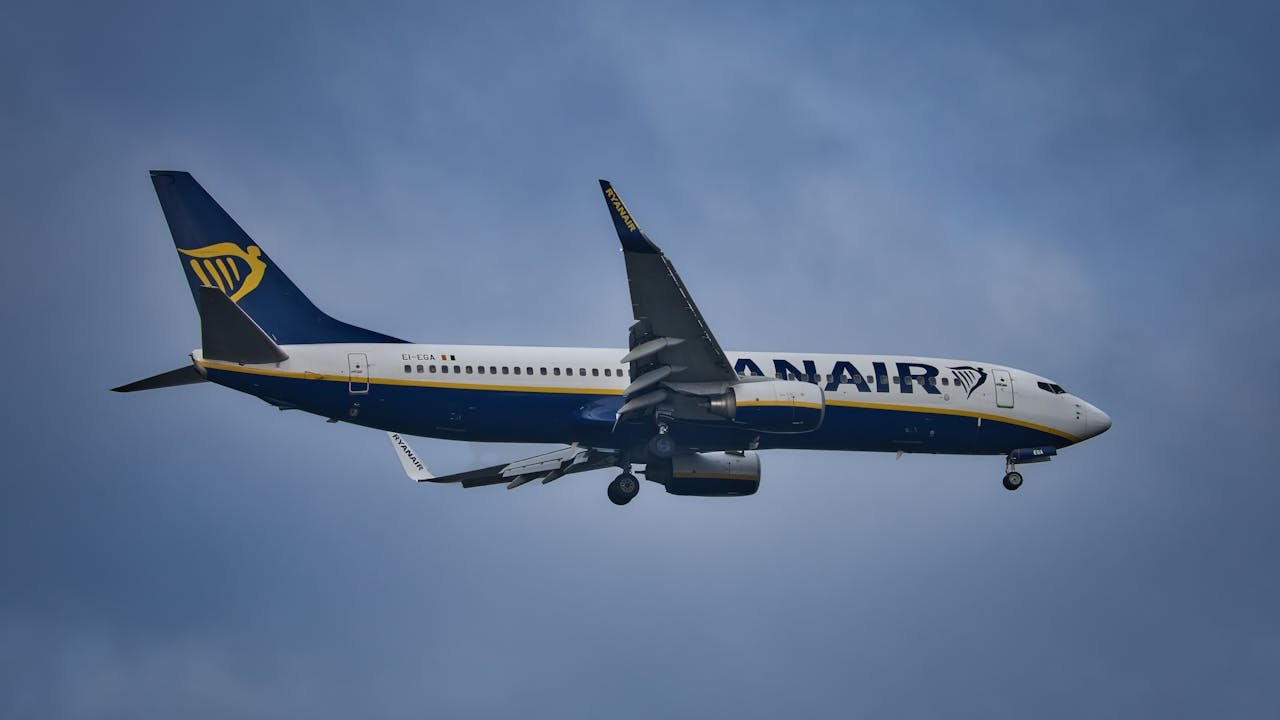
Europe’s low-cost carrier scene is competitive and vibrant. Here’s a quick look at some popular budget airlines in Europe (and what they’re known for), so you know who you might be flying with:
(Note: This is not an exhaustive list – there are others like Jet2.com in the UK, airBaltic in the Baltic states (hybrid low-cost), Flydubai connecting Europe to Dubai, etc., but the ones above are among the most frequently used by travellers for intra-Europe journeys.)
| Airline | Base / Hubs (Main Regions) | Notable Features |
| Ryanair | Ireland (Dublin), UK (London Stansted); many hubs across the EU | Ultra-low fares (often the cheapest). Huge network reaching small airports. Strict baggage rules; be sure to check in online. |
| easyJet | UK (London Gatwick, Luton), Europe (multiple bases, e.g. Berlin, Milan) | Based at major airports more often than not (easier city access). Known for being slightly more “premium” than the budget players – friendly service and generally good punctuality. |
| Wizz Air | Hungary (Budapest), Poland, Eastern Europe hubs | Rapidly expanding in Central/Eastern Europe. Very low fares to offbeat destinations. New-ish fleet but very strict on one-bag policy (prepare to stuff your purse into your backpack!). |
| Vueling | Spain (Barcelona, also hubs in Rome, Paris) | Spanish low-cost carrier, part of Iberia’s group. Good for Spain domestic and European routes. Offers paid add-ons like priority boarding and a bit more flexibility with fare bundles if needed. |
| Transavia | Netherlands (Amsterdam/Rotterdam) & France (Paris Orly, Lyon) | KLM’s low-cost subsidiary. Great for holiday destinations (lots of flights to Mediterranean islands, etc.). Often praised for a decent balance between cost and comfort. |
| Norwegian | Norway (Oslo) with flights all over Europe (and some long-haul) | Pioneered low-cost long-haul flights. Though they’ve scaled back, they still fly many European routes. Modern planes have comfortable touches like free Wi-Fi on some flights. If you see a cheap fare to Scandinavia, it’s likely them. |
| Vueling | Germany (Cologne, Düsseldorf, etc.) | Lufthansa’s budget arm. Offers a mix of low fares and connectivity (you can connect to the Lufthansa network sometimes). Comfortable for a low-cost, and they use some primary airports. |
| Pegasus Airlines | Turkey (Istanbul Sabiha Gökçen) | A major low-cost carrier linking Europe with Turkey and the Middle East. Great cheap option if you’re heading to Turkey or connecting through. Meals and bags extra, as usual. |
| Volotea | Spain (HQ in Barcelona) – focuses on smaller cities | An up-and-coming airline connecting secondary cities (think Verona to Nantes or Bilbao to Prague). Won Best Low-Cost Airline in Europe 2024 in one awards ranking, beating some bigger names, which speaks to its service quality. Often flies routes no one else does. |
Knowing a bit about each airline helps set your expectations. For instance, if you book a flight on Ryanair, you’ll brace for very no-frills service but incredibly low prices. If you fly easyJet, you might pay a tad more but enjoy a slightly more streamlined experience at big airports. Each airline has its quirks, but all of them will get you where you need to go affordably.
Final Thoughts
Thanks to budget airlines, Europe feels more connected than ever. You can eat breakfast in London, lunch in Rome, and dinner in Athens – all on a modest budget. The experience of flying these airlines can actually add to the adventure: you’ll witness the scramble of priority vs. non-priority boarding, celebrate when your tiny bag fits the dreaded luggage cage, and maybe even swap stories with a fellow traveller about how unbelievably cheap your ticket was.
Just remember, a little preparation goes a long way. Plan smart, pack smart, and stay flexible. Embrace the trade-offs (you might not get a free coffee or a lounge-like seat, but you also aren’t paying $300 for the flight). With the tips and knowledge above, you’re well-equipped to navigate the world of Europe’s budget airlines.

